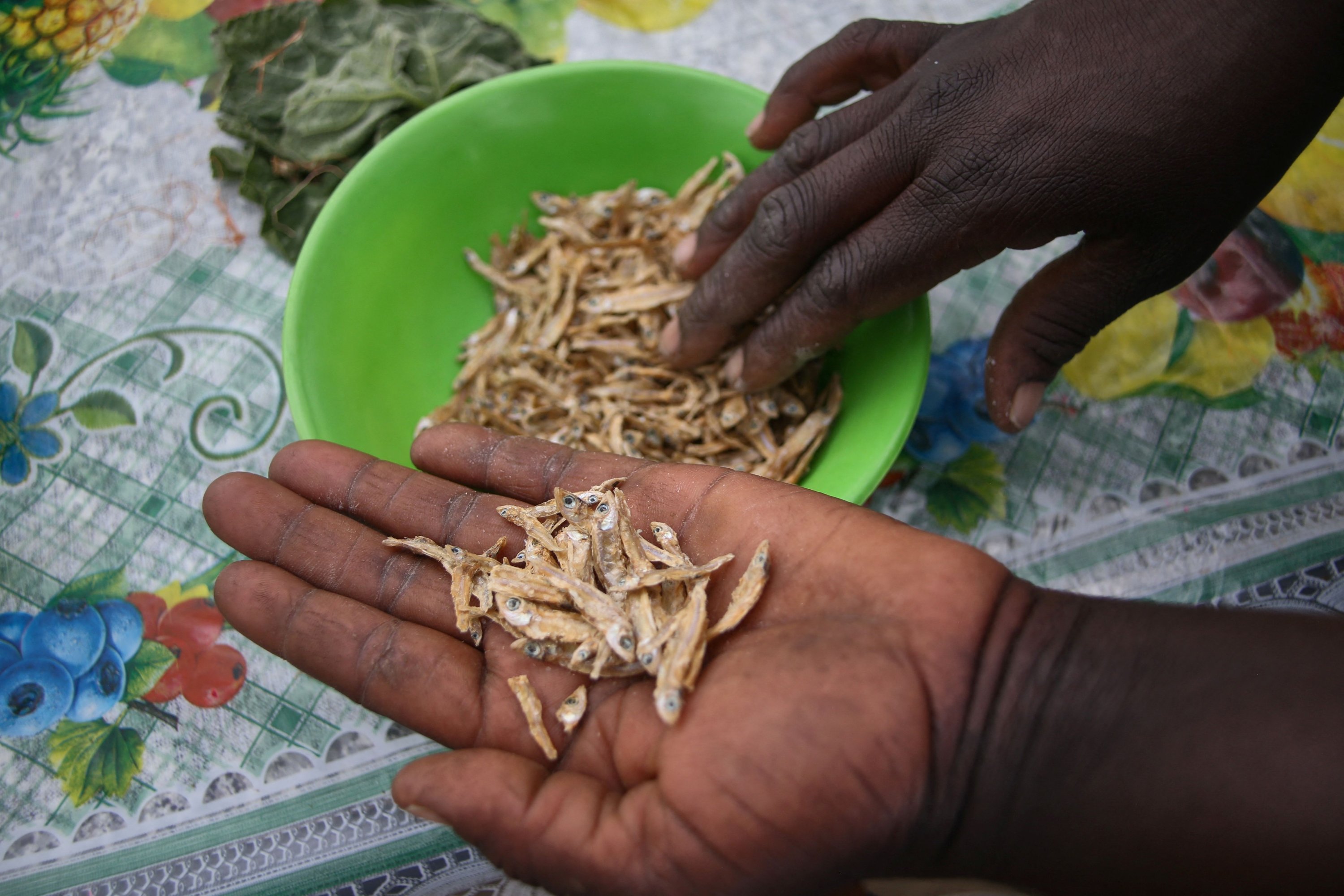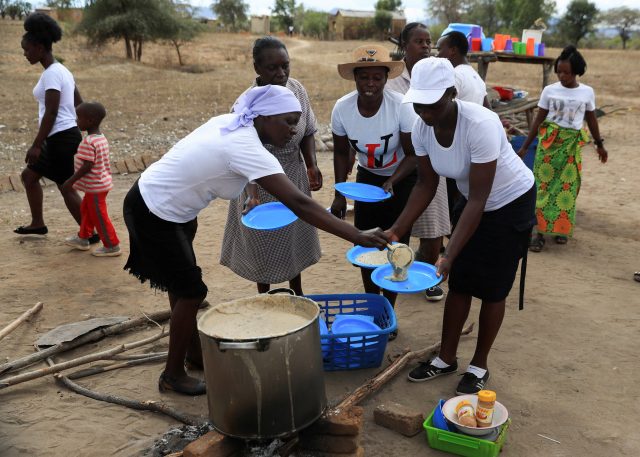It’s Tuesday morning, and instead of being in school, 5-year-old Talent is searching for fruit to feed his family, as their crops have withered in the relentless heat.
Whether it’s the El Nino phenomenon, which has disrupted weather patterns globally for over a year, or the broader issue of climate change gripping the African continent, Talent’s grandmother, Winnie Chihota, watches a generation’s prospects slip away.
In Zimbabwe’s rural Mudzi district, crops are a lifeline. When they fail, survival itself is at risk. Without crops, there’s no income to cover $25 school fees or uniforms. Chihota’s own children face dropping out, and Talent never had the chance to start school.
No crops also mean no lunch for children, even if they do manage to attend class.
“One child fainted recently at the school due to hunger,” Chihota said, as she sorted through the fruit that Talent and other children brought home. The fruit will be dried for future meals. Many families now eat only one solid meal of corn or sorghum a day.
Children are the most at risk after El Nino, a naturally occurring climatic phenomenon that caused some of the hottest days in decades in parts of southern and eastern Africa. It also brought some of the worst flooding in memory.
The phenomenon destroyed many of the tiny farm plots that sustain families. More than 60% of Zimbabwe’s population of around 15 million resides in rural areas where agriculture is the major source of food and income.

The immediate concern is hunger. In Zimbabwe, 580,000 children are at risk of malnutrition, according to the United Nations Children’s agency, as the effects of El Nino worsen a humanitarian crisis marked by economic hardship and outbreaks of diseases such as cholera.
The larger problem is the children’s education. School has become a luxury. Children drop out to work. Teenage girls are forced to skip class because there is not enough water to wash during their periods or because they must stay home to babysit siblings while parents search for work. Some girls are forced to marry to ease financial burdens, according to the U.N. humanitarian agency.
The crisis is overshadowed by others in places like Ukraine, Gaza, and Sudan, humanitarian organizations say, making donor funding difficult to secure.
“There should be a sense of urgency,” said Yves Willemot, UNICEF spokesman for Zimbabwe.
The drought threatens the education of nearly 2 million children in Zimbabwe, with some dropping out of school for good and others missing class, the U.N. humanitarian agency said. More than 45,000 children dropped out of school during the previous El Nino in the 2015-2016 farming season, 3,000 more than the annual average. The government is still collating figures for this latest El Nino.
Regional countries also devastated by weather extremes face similar challenges. In Malawi, hit by a vicious cycle of floods and drought over the past three years, fewer children are attending class. At some schools, half the pupils are usually absent, according to a May report by local and international humanitarian organizations, including the Malawi-based Youth Net and Counselling.
“Families must choose between feeding or sending children to school,” the report said. Volunteer teachers are no longer reporting to some schools, further deteriorating the quality of education.
Neighboring Zambia is using a school feeding program targeting over 2 million children to boost school attendance.
Zimbabwe recently launched a similar program amid concerns about increased absenteeism and dropout rates caused by the drought, said Taungana Ndoro, director of communications and advocacy in the education ministry.
“The assurance of at least one decent hot meal per day has been a strong incentive for families to prioritize sending their children to school,” he said.
It might be too late for many who drop out, especially girls, said Nyaradzo Mashayamombe, an activist and founder of Tag a Life, an organization whose #everychildinschool campaign is pushing to end school fees for children from poor families.
“When drought hits like this, the immediate defense is marriage. The mere offer of a way out, an escape, can be very alluring to a girl or even the parents,” she said, adding that many end up trapped with older, abusive husbands.
“There is no way out,” she said. “It takes away their potential, their dreams are cut short, and the poverty cycle continues.”




